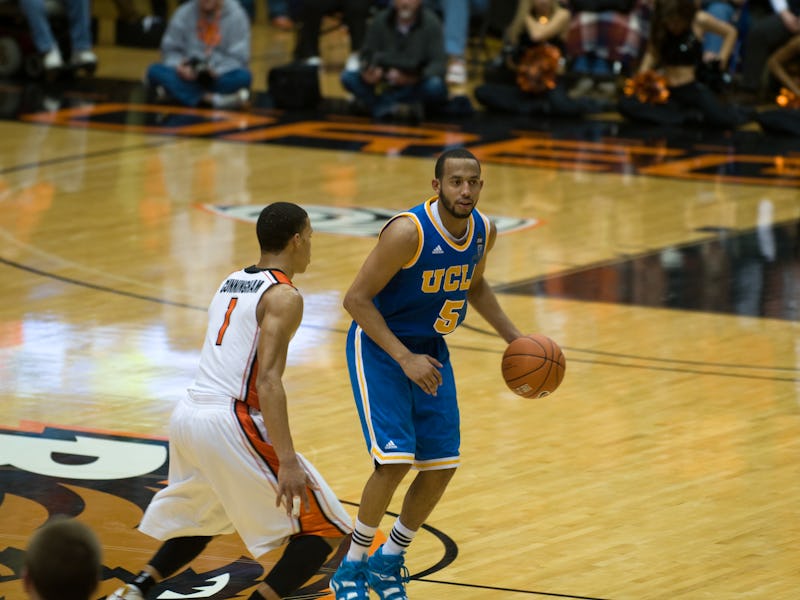Which Bubble Teams Will Make the NCAA Tournament? A.I. Predicts

With conference tournaments wrapping up and Selection Sunday upon us, the 68-team field for this year’s NCAA tournament is nearly set. But a handful of teams are waiting in suspense to find out whether they will get to join in on the March Madness. A hive mind of college basketball fans has its own predictions for who will make it in.
Earlier this week, the team at Unanimous AI brought about 40 fans together online to harness what’s known as swarm intelligence. While the predictions of any one individual — even an expert in bracketology like ESPN analyst Joe Lunardi, who invented the term in the first place — aren’t likely to be any better than average, the collective decision-making of a swarm can produce shockingly accurate results.
That was the case last year, when the swarm went a perfect 16 for 16 in picking the fates of Lunardi’s final set of teams on the tournament bubble, when even Lunardi himself only got 11 out of 16 correct. For more on how Unanimous AI uses swarm intelligence to make predictions for March Madness, check out our recent article.
Here’s the result of the swarming from earlier this week, with the teams put in various categories depending on how confident the hive mind was in their chances.
To arrive at this eventual list, the swarm had to work through a series of iterative choices about which of a given subset of these teams it felt best about. To get a sense of what the process involves, we can take a look at a simpler, one-step prediction. Which conference will get the most teams in the Sweet 16?
As you can see in the animation above, each participant controlled a little golden magnet and used it to drag the puck toward the answer they thought was the most likely outcome. As the users saw the puck move toward a particular outcome, it triggered a psychological response. They readjusted their decision-making, building toward a consensus, which ultimately took the form of this overall prediction.